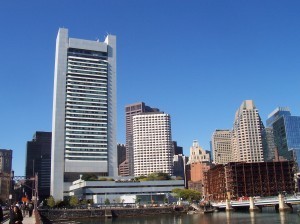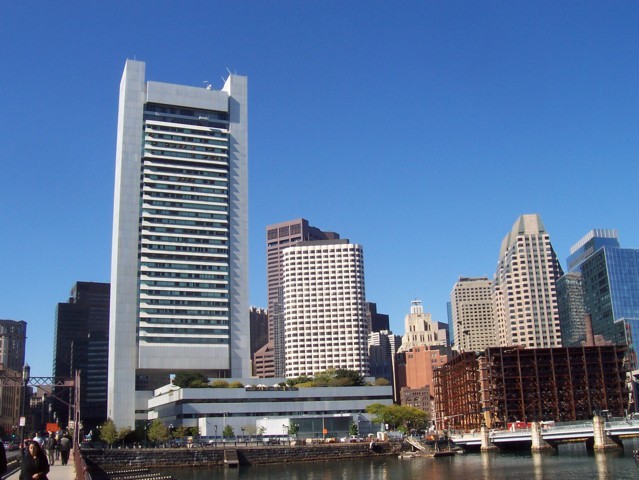 It is well known that the actions of the Federal Reserve have the most significant influence on interest rates. The Fed’s influence is not merely confined to formal statements; so quite often market observers scrutinize the various comments made by Fed officials, including the chairperson, in a variety of situations with the intent of gaining insight into the Federal Open Market Committee’s (FOMC) next move.
It is well known that the actions of the Federal Reserve have the most significant influence on interest rates. The Fed’s influence is not merely confined to formal statements; so quite often market observers scrutinize the various comments made by Fed officials, including the chairperson, in a variety of situations with the intent of gaining insight into the Federal Open Market Committee’s (FOMC) next move.
More recently we’ve seen the Fed reduce bond purchases by another $10 billion to $45 billion per month, as it continues to cut back on the quantitative easing program that was enacted to help support an economy devastated by the global financial crisis. This is on the heels of earlier reductions this year, each in the amount of $10 billion per month. If the current rate of tapering goes on without any change, monthly bond purchases will drop to near zero by the end of this year. Richard Fisher, President of the Dallas Federal Reserve Bank, said that he supports ending the quantitative easing program this year, pulling back from the most aggressive US monetary policy in a century.
With the economy on the mend, investors had earlier this year been watching the unemployment rate as a gauge for when the Fed might actually raise interest rates, zeroing in on a 6.5% target. However, Fed Chairperson Janet Yellen and the FOMC have since abolished the 6.5% unemployment target, which was commonly referred to as the “Evans Rule.” Even though the Fed had never explicitly said that it would raise interest rates at 6.5% unemployment, it was mentioned in the context of managing inflation. The FOMC has since indicated that they rely on a wider set of information in making policy decisions. At the moment, the Fed appears to be more on the dovish side given the still-elevated levels of unemployment (6.3%), a real estate slowdown, and geopolitical concerns. Economic and financial conditions are not quite set to raise interest rates at this point.
Some observers have said that the Fed has become more vague since Janet Yellen took over. They contend that she has moved away from the transparency advocated by Ben Bernanke, the former Federal Reserve Chairman. Investors and business managers have enjoyed a prolonged period of low interest rates, which they know can’t last forever. An extended period of low interest rates will eventually lead to more speculative lending and borrowing, which in turn will create a new bubble. Market participants are aware of this but are looking for some indication of when the ride might end. These opaque statements by the Fed have clouded their barometers. One thing is for sure: US interest rates will eventually rise, and the impact will be felt not only in the bond market but also across the equities market, reaching as far those in emerging economies.
Garnet O. Powell, MBA, CFA
I am honoured to have been able to share with you my thinking on the investment process and would be delighted to hear your thoughts.

